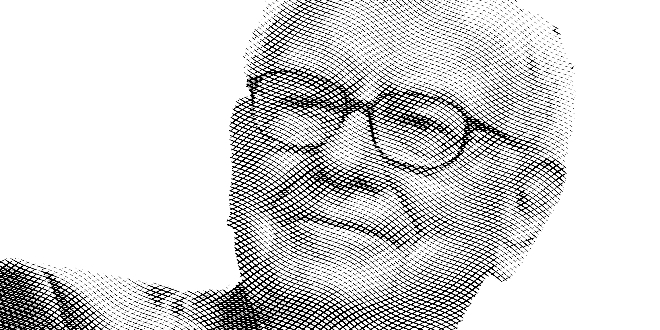by Liz Ann Sonders and Kevin Gordon, Charles Schwab & Company Ltd.
A spike in prices and interest rates has dealt a significant blow to housing affordability, elevating the potential for the housing market's weakness to dampen economic growth.
Bust, boom, bust
The boom seems to be over for now, as existing and new home sales have rolled over considerably from their peaks by 19% and 33%, respectively. For what it's worth, declines of both magnitudes from 2005-2007 preceded the broader economy's drop into recession; though, as we'll explain later in this report, the prospects of a housing crisis akin to the mid-2000s are low.
Not much wind in the sales

Source: Charles Schwab, Bloomberg, National Association of Realtors, U.S. Census Bureau, as of 5/31/2022.
We like to remind investors that, as it pertains to economic data, rate of change is key whenever analyzing trend shifts. Further, the change in the rate of change helps identify key inflection points. As such, with the peak in home price growth likely behind us, the trend is moving in the right direction for buyers. However, existing home price growth has stabilized of late, maintaining a double-digit average growth rate above 15%. That cannot last in perpetuity, but as the increase in prices stays near the stratosphere, demand may fall at a faster pace.
Higher highs in price growth

Source: Charles Schwab, Bloomberg, National Association of Realtors, U.S. Census Bureau, as of 5/31/2022.
A split supply recovery

Source: Charles Schwab, Bloomberg, National Association of Realtors, U.S. Census Bureau, as of 5/31/2022.
No vacancy

Source: Charles Schwab, U.S. Census Bureau, of 3/31/2022.
(Un)affordable housing

Source: Charles Schwab, St. Louis Fed, as of 5/31/2022.
The affordability crisis
Catch me if you can

Source: Charles Schwab, Bloomberg.
Owners' equivalent rent (OER) and rent of primary residence as of 5/31/2022. Case-Shiller as of 4/30/2022. Forecast contained herein are for illustrative purposes only, may be based upon proprietary research and are developed through analysis of historical public data.
Back to the future

Source: Charles Schwab, Bloomberg, as of 6/24/2022.
To be or not to be the GFC
Considering the conditions shown in the box within the chart, the average worker in the United States had to work nearly 47 hours to cover a monthly mortgage payment at this time last year. That figure has shot up to 66, the same level at which the housing bubble was starting to burst in 2005. This underscores the acute affordability crisis many Americans are now facing. Both prices and rates have put homeownership out of reach for a broad swath of the population, which has been exacerbated by a 40-year high in inflation and aggressive monetary policy.
Multiple affordability hits

Source: Charles Schwab, Bloomberg, as of 5/31/2022.
The higher score wins

Source: Charles Schwab, Bloomberg, as of 3/31/2022.
In sum
Backlogs pile up

Source: Charles Schwab, Bloomberg, U.S. Census Bureau, as of 5/31/2022.
With tension having built on both the supply and demand side, it's difficult to envision what the elixir for housing is. A drop in prices would be welcome for several segments of buyers, but it may be a symptom—perhaps even a cause—of a broader economic slowdown as worsening confidence and income growth hold back consumers' abilities to make large purchases. As economic growth continues to slow, the Federal Reserve hikes rates aggressively near-term, and asset markets remain weak, we continue to think the needle points to further economic weakness—elevating the chances of a recession sooner rather than later.















